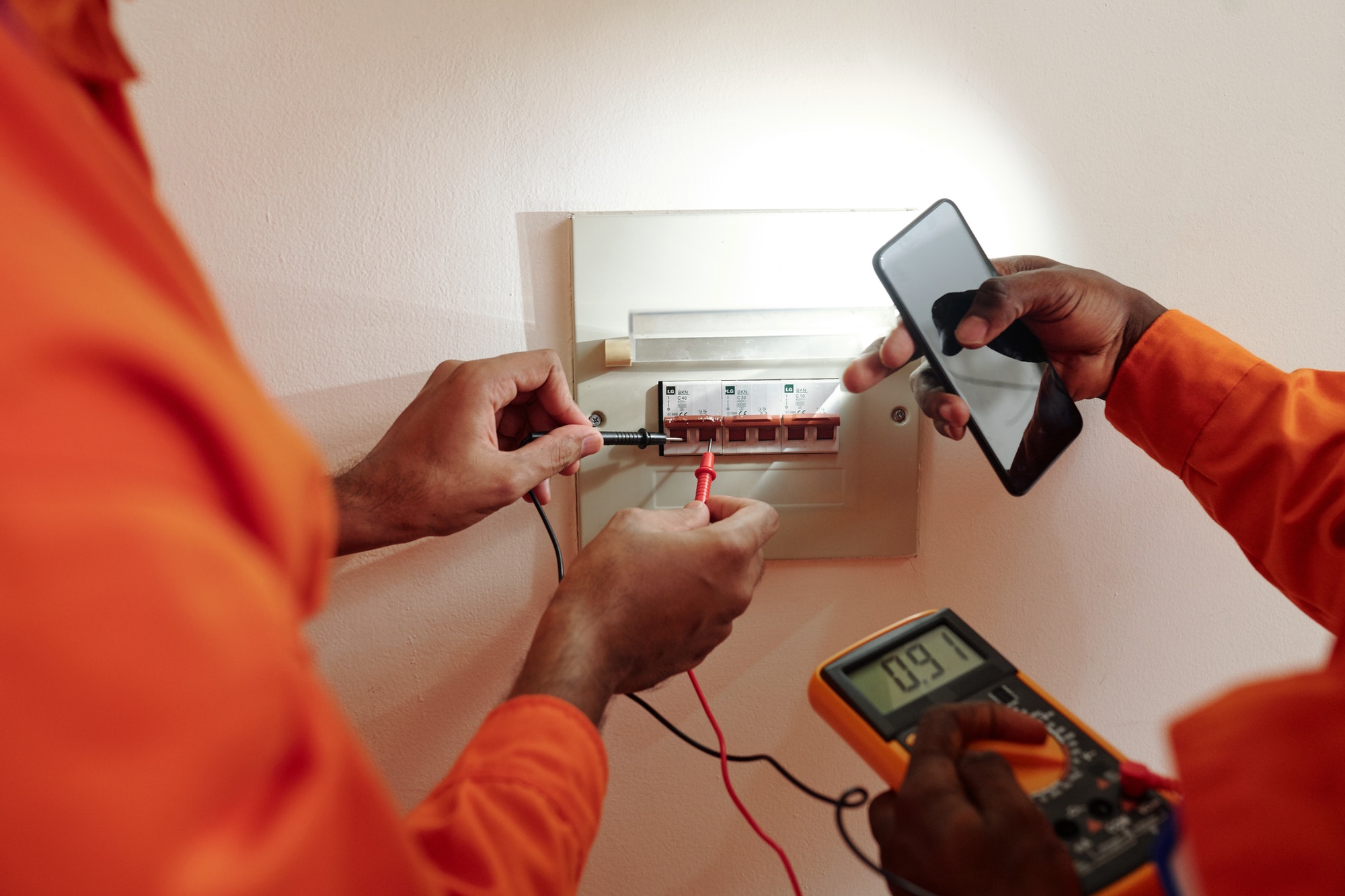Handling electrical emergencies in industrial settings requires a systematic approach to ensure the safety of personnel and the integrity of the facility. Here are the best practices and procedures for managing such situations:
1. Preparation and Training
- Regular Training: Conduct regular training sessions for all employees on electrical safety and emergency procedures. Ensure everyone knows how to identify potential electrical hazards and respond appropriately.
- Emergency Plan: Develop and maintain a comprehensive electrical emergency response plan. This plan should include evacuation routes, emergency contacts, and procedures for different types of electrical emergencies.
- First Aid Training: Train employees in basic first aid and CPR, focusing on electrical shock and burn treatment.
2. Identification and Assessment
- Hazard Identification: Regularly inspect the workplace to identify potential electrical hazards, such as exposed wires, faulty equipment, or overloaded circuits.
- Risk Assessment: Perform risk assessments to determine the likelihood and potential impact of electrical emergencies. Prioritize mitigation measures based on the severity of identified risks.
3. Preventive Measures
- Maintenance and Inspection: Implement a routine maintenance schedule for all electrical equipment. Ensure that qualified personnel inspect and repair any electrical issues promptly.
- Protective Equipment: Provide appropriate personal protective equipment (PPE) such as insulated gloves, helmets, and safety glasses to employees working with or near electrical systems.
- Lockout/Tagout (LOTO): Enforce strict adherence to LOTO procedures to ensure that electrical equipment is properly shut down and cannot be accidentally energized during maintenance or repair work.
4. Emergency Response
- Immediate Actions:
- Disconnect Power: If safe to do so, disconnect the power source to prevent further injury or damage.
- Alert and Evacuate: Immediately alert others in the vicinity and evacuate the area if necessary. Use emergency alarms and communication systems to ensure everyone is informed.
- Emergency Services: Contact emergency services (fire department, medical assistance) as soon as possible. Provide detailed information about the nature of the emergency.
- Medical Response:
- Electrical Shock: If someone has received an electrical shock, do not touch them if they are still in contact with the electrical source. Use a non-conductive object to separate them from the source. Administer first aid and CPR if necessary until professional medical help arrives.
- Burns: For electrical burns, cool the burn with clean, cool water (not ice) and cover it with a sterile, non-adhesive bandage. Avoid applying creams or ointments.
5. Recovery and Investigation
- Incident Investigation: After the emergency is under control, conduct a thorough investigation to determine the cause of the incident. Document findings and take corrective actions to prevent recurrence.
- Review and Improve: Regularly review and update emergency procedures based on lessons learned from incidents and near-misses. Continuously improve safety protocols and training programs.
6. Communication
- Clear Signage: Ensure that all electrical panels, circuits, and emergency equipment are clearly labeled. Place warning signs in areas with potential electrical hazards.
- Reporting: Establish a system for employees to report electrical hazards or near-misses anonymously if necessary. Encourage a culture of safety where employees feel comfortable reporting potential issues.
7. Regulatory Compliance
- Adherence to Standards: Ensure compliance with relevant safety standards and regulations, such as those set by the Occupational Safety and Health Administration (OSHA) or the National Fire Protection Association (NFPA).
- Regular Audits: Conduct regular safety audits to ensure that all procedures and equipment meet current regulatory requirements.
By following these best practices and procedures, industrial facilities can effectively manage electrical emergencies, minimizing risks to personnel and property.






